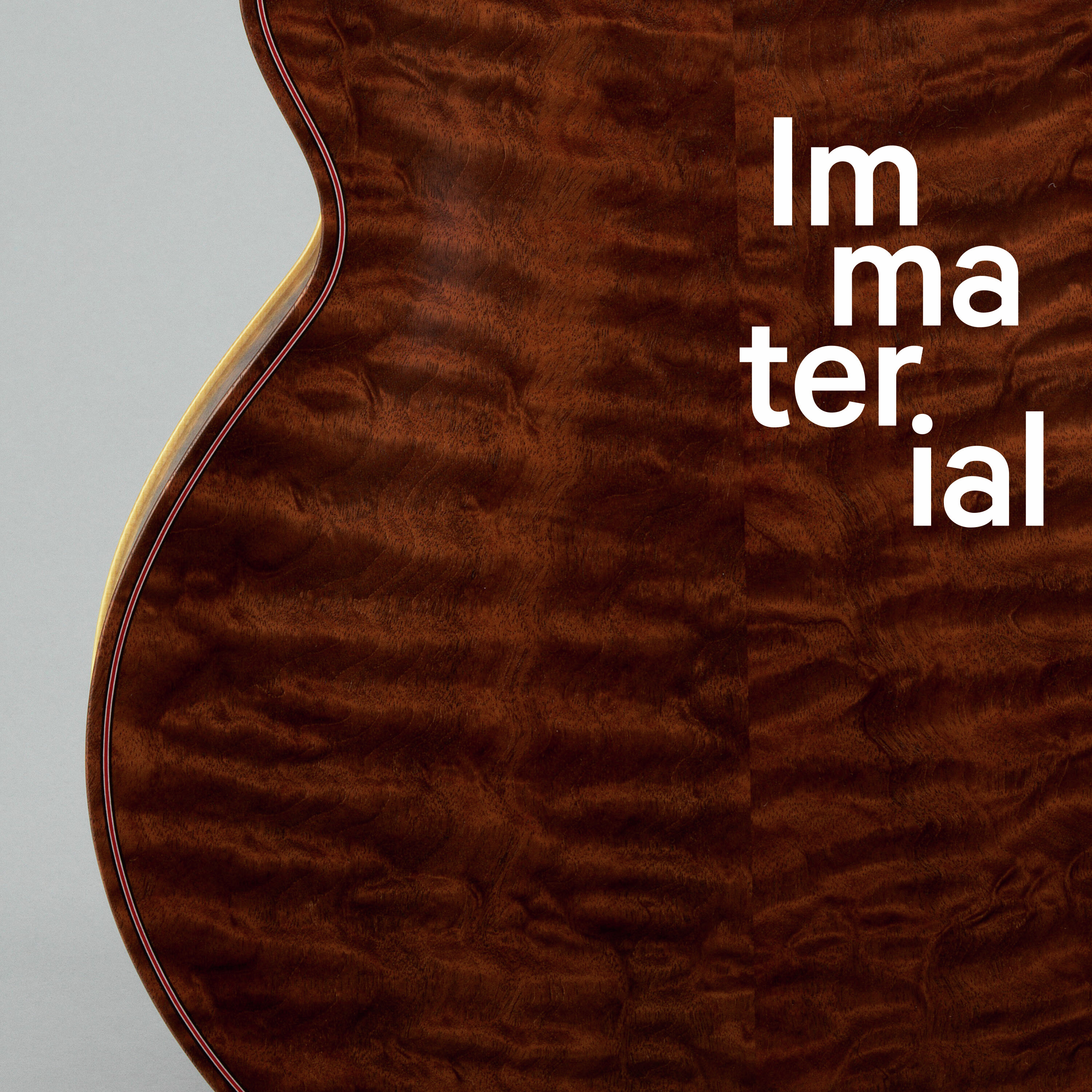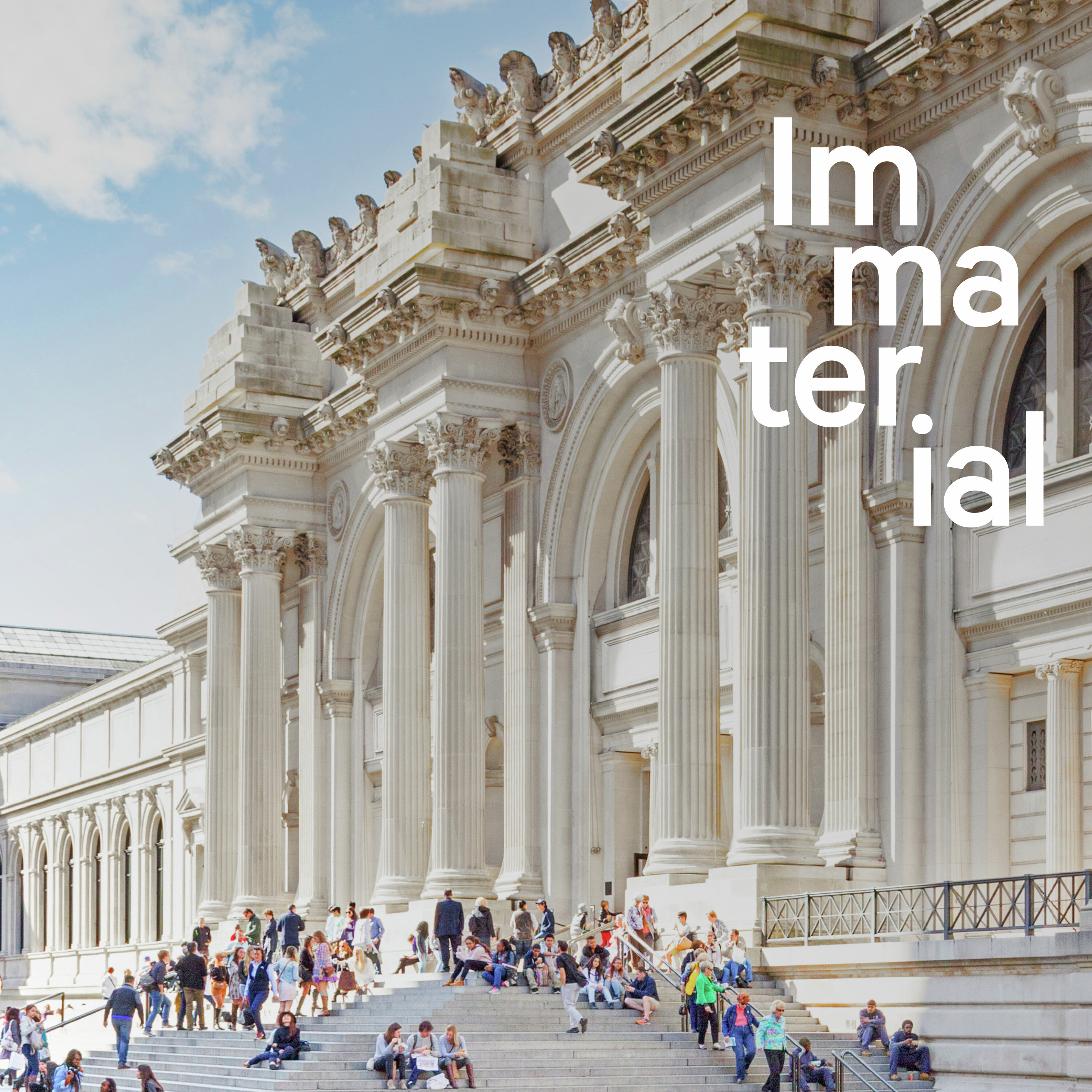Metals, Part Two
Description
In the second part of our alchemical journey, we meet what ancient philosophers called the “noble” metals: mercury, silver, and gold. How did a nineteenth-century set designer harness one of the most captivating—and toxic—materials in the world and wind up as one of the fathers of photography? When does a coin go from a piece of stamped metal to an act of faith? And how did gold in Ghana go from dust in the water to a touchstone of language, story, and the strength of an empire?
Guests:
Yaëlle Biro, former associate curator for the Arts of Africa, African Art in The Michael C. Rockefeller Wing, The Metropolitan Museum of Art
Daniel Carrillo, studio photographer
Benjamin Harnett, independent scholar of ancient technology and digital engineer, The New York Times
Marco Leona, David H. Koch Scientist in Charge, Scientific Research, The Metropolitan Museum of Art
Irene Soto Marín, economic historian and assistant professor of ancient history, Harvard University
Yaw Nyarko, professor of Economics, New York University
Stephen Pinson, curator, Photographs, The Metropolitan Museum of Art
Objects featured in this episode:
Works of Louis-Jacques-Mandé Daguerre (various)
Roman coins (various)
Staff of Office: Figures, spider web and spider motif (ȯkyeame), 19th–early 20th century. Ghana. Akan peoples, Asante group. Wood, gold foil, nails, H. 61 5/8 x W. 5 3/4 x D. 2 1/4 in. (156.5 x 14.6 x 5.7 cm). The Metropolitan Museum of Art, New York, Gift of the Richard J. Faletti Family, 1986 (1986.475a-c)
For a transcript of this episode and more information, visit metmuseum.org/immaterial
#MetImmaterial
Immaterial is produced by The Metropolitan Museum of Art and Magnificent Noise and hosted by Camile Dungy. This episode was produced by Adwoa Gyimah-Brempong.
Special thanks to Alan Shapiro, Bobby Walsh, Lauren Johnson, and Kwabena and Rose Gyimah-Brempong.
See omnystudio.com/listener for privacy information.























